Cant you sue the F&B company for fraud if they said they paid you money but never did?
Readers Write: ICD-10: The Race is On and the Clock is Ticking
ICD-10: The Race is On and the Clock is Ticking
By Honora Roberts
For providers, the reality of healthcare has changed greatly in the past couple of years. Practicing medicine now revolves around an electronic health record, clinical decision support, and analytics. Reality will soon change again with a new and expanded coding “formulary,” ICD-10.
It’s no secret that this coding change spreads across every facet of operations, from clinical care and administration to finance, IT, and more. The move from the ICD-9 code set that has been in place since 1979 to ICD-10 represents a five-fold increase in the number of codes to learn, know, and apply. ICD-10 consists of 69,000 diagnosis codes (up from 14,000) and 72,000 procedure codes (up from 4,000.) Administrators, physicians, allied health professionals, billing departments, coding professionals, IT departments, and more face a new reality. The time to begin embracing this new reality is now, but where do you begin?
This shift to ICD-10 is a lot like “The Amazing Race” TV show in which teams race across cities and continents to find clues to their next required destination. While providers know the destination, they face tough terrain and unexpected obstacles. Start by knowing your greatest exposures – physician education and documentation improvements; loss of reimbursement; coder education; computer system and payer readiness; and regulatory compliance. Then focus on a couple of critical areas to avoid getting lost in this amazing race toward ICD-10 compliance.
Prioritize the 141,000. Despite the spike in number of codes, reality is that providers often will use a small subset of codes. To compress the initial transformation, begin prioritizing the codes most relevant to your institutions, physicians, and specialists. Once these are prioritized, you can begin mapping ICD-9 codes to the new ICD-10 code set. In essence, you’re starting by building an initial cross-walk or critical path between the two coding standards.
Test and remediate. Make sure the technical upgrades perform and deliver as designed, then test and remediate before they are used in the real world. When testing, set up real people in real workflows. Include physicians and nurses, specialists, coders, and others who provide a broad view of the systems and workflows. This testing will allow you to pinpoint common errors so that the technology can be customized to catch errors that can harm patients.
Improve documentation. Physicians and clinicians don’t care about ICD-10. They do care about improving the quality of care and doing no harm. Emphasize documentation improvement and provide the education, tools and process improvements to achieve improved documentation that, by the way, also complies with ICD-10.
Pursue proficiency. Your people will make the difference in success. Making sure they succeed requires training. Be sure to target training programs to your personnel’s specific roles and usage of ICD-10 codes. Role-based learning will improve speed to proficiency, improved adoption rates, and overall sustainability of your organization. Once staff members gain confidence on routine tasks, they will quickly gain efficiency that is sustainable over time. Job aids and reusability of learning are tools that reinforce learning and confidence. Start with your coders, if you haven’t already. Track results — comprehensive adoption requires continuous oversight and measurement.
Optimize beyond the transition. Once you’ve met the deadline, perform a post-deadline assessment and chart review to begin a genuine clinical documentation improvement program. The baseline you established at the start of the process will help you identify problem areas and remediate.
Manage the risk. Knowing your current situation and associated risks is a great place to start. By knowing the risk, you can establish plans to lessen their impact such as:
- Adjust budgets and develop strategies for potential reimbursement reductions
- Plan for lower productivity during the transition, which might take up to a year beyond October 1, 2014
- Developing contingency plans for high-risk areas, such as high-volume departments or adoption concerns.
- Instituting a well-defined and well-communicated governance and escalation process for issues that arise
Lead the change. Acknowledge that this change isn’t a technology or systems integration project alone. It is a significant organizational change. It involves people, processes, workflows, and technologies that extend beyond walls and buildings. A change this large needs to be managed from the very top of the organization and employees need to hear frequent updates to let them know how the organization as a whole is doing.
Ultimately, most providers in the United States are scurrying to execute a plan to make the transition to ICD-10. You still have time, but the clock is ticking. Don’t get lost in the details; focus on the critical few areas that will make or break the transition for your organization. Through support from your internal team—and the expertise from quality vendors, consultants and other experts—compliance is achievable.
Honora Roberts is vice president of health provider services at Xerox.





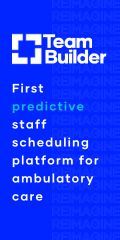




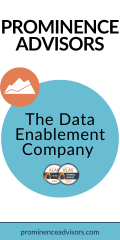

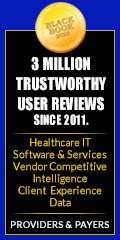




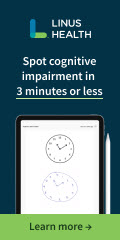


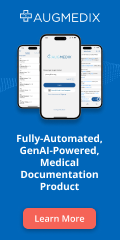





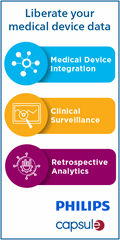

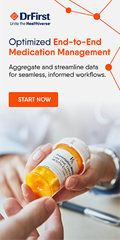

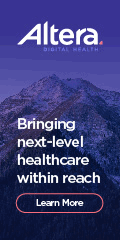

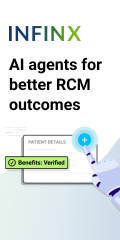

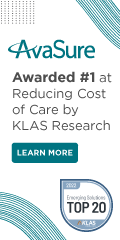

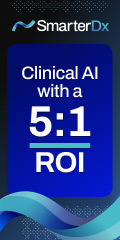











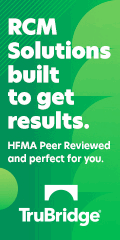

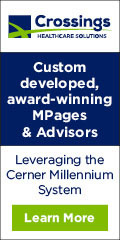

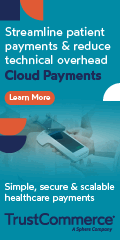







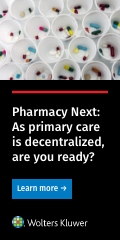
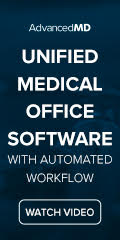






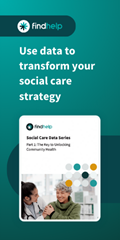


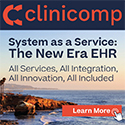

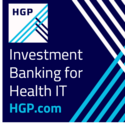




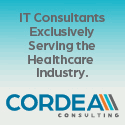


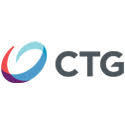


It’s wise to start testing as soon as provider can. Many of the providers has not yet started the remediation and that’s a hurdle for the industry to meet the CMS deadline. I see soon we will get new announcement for the deadline or AMA to extend the date.